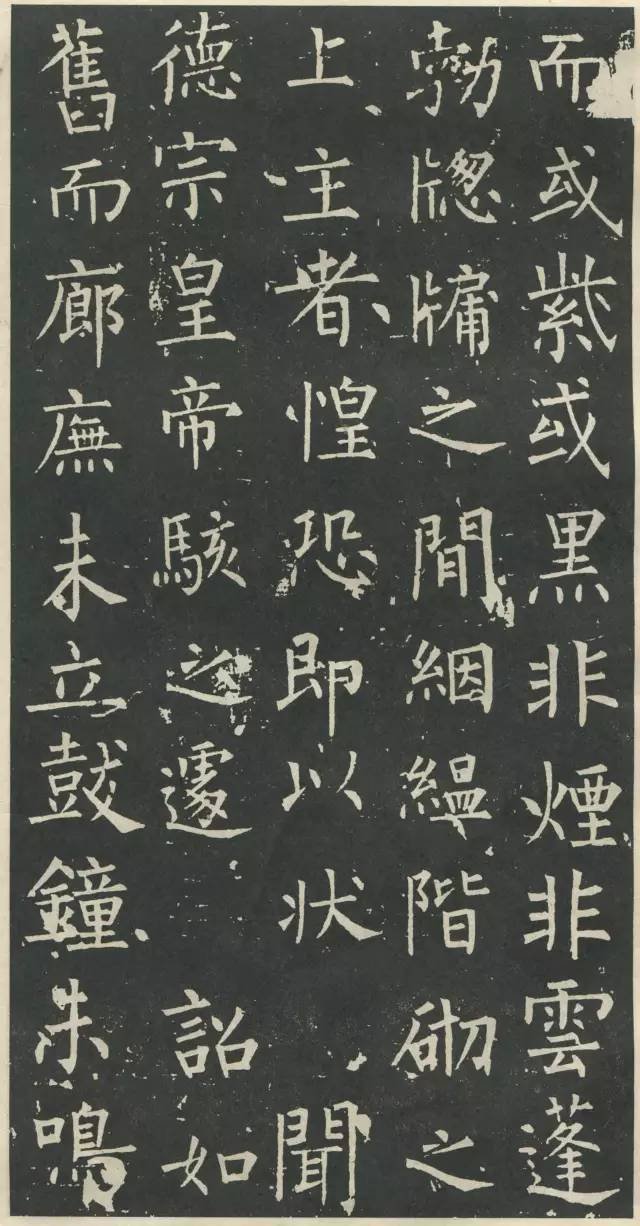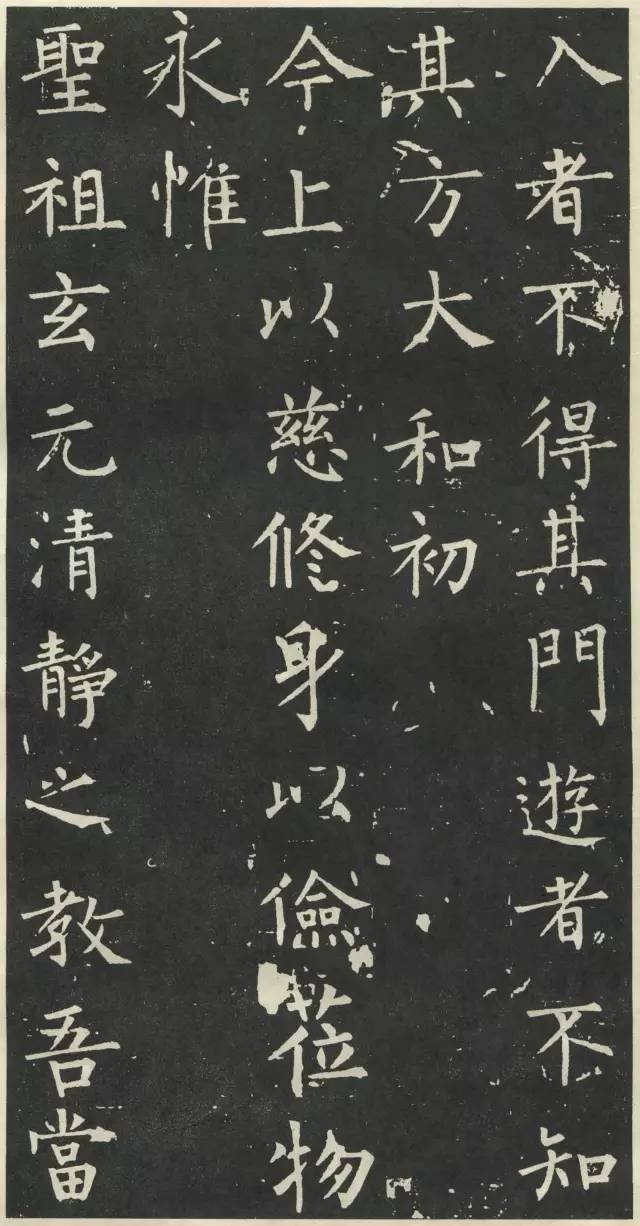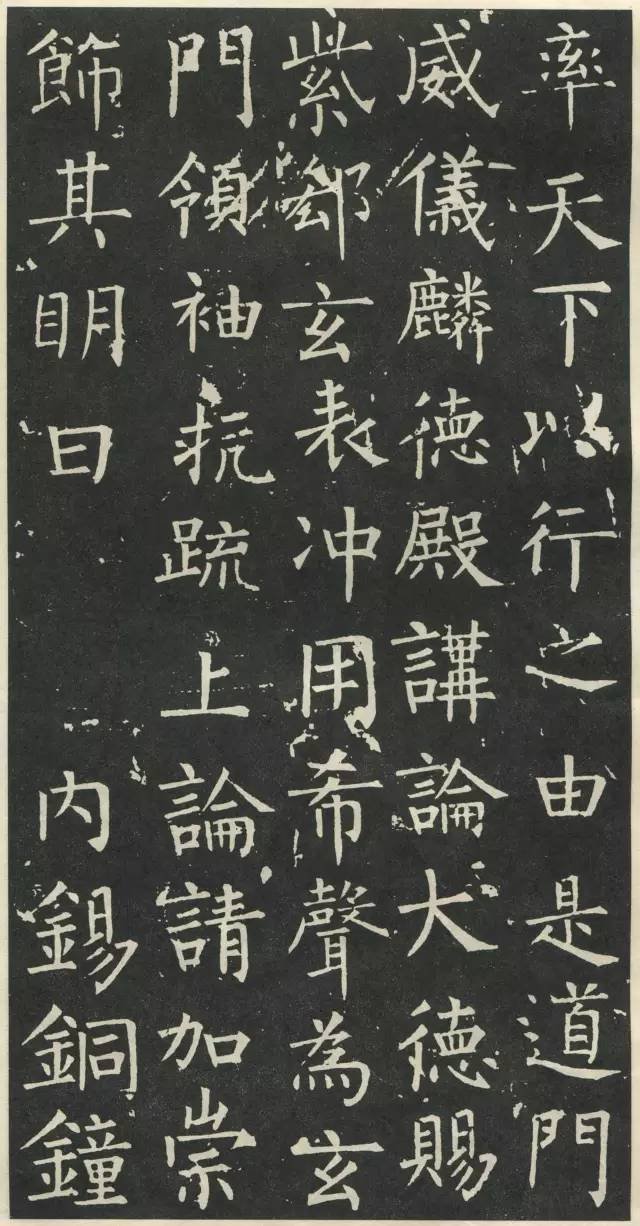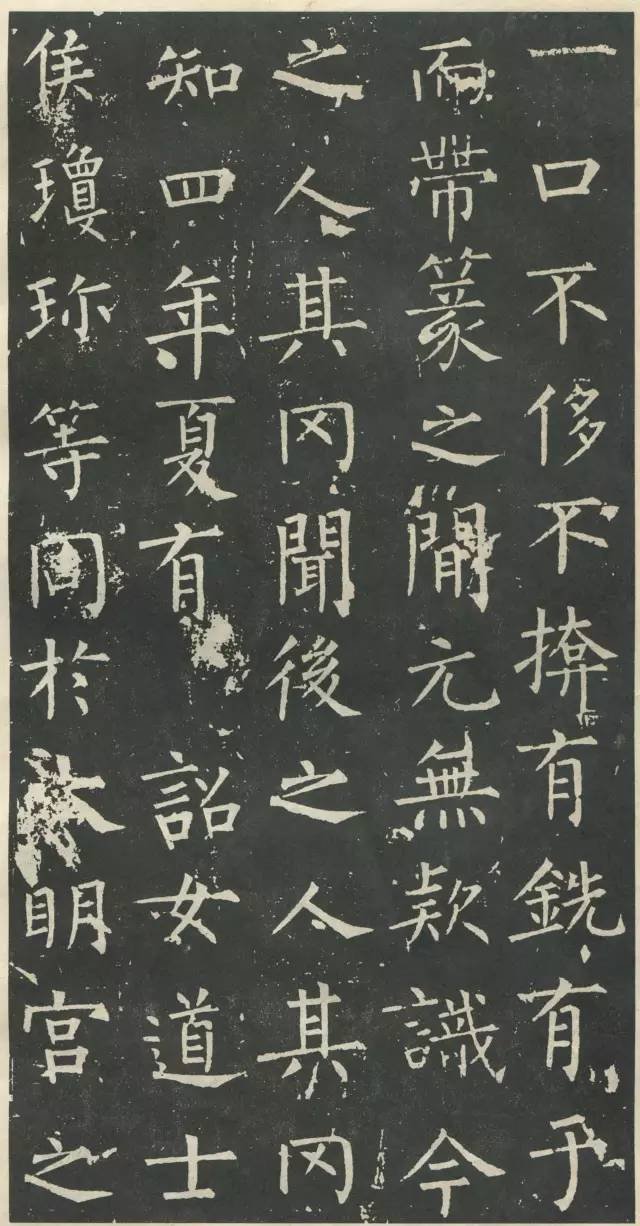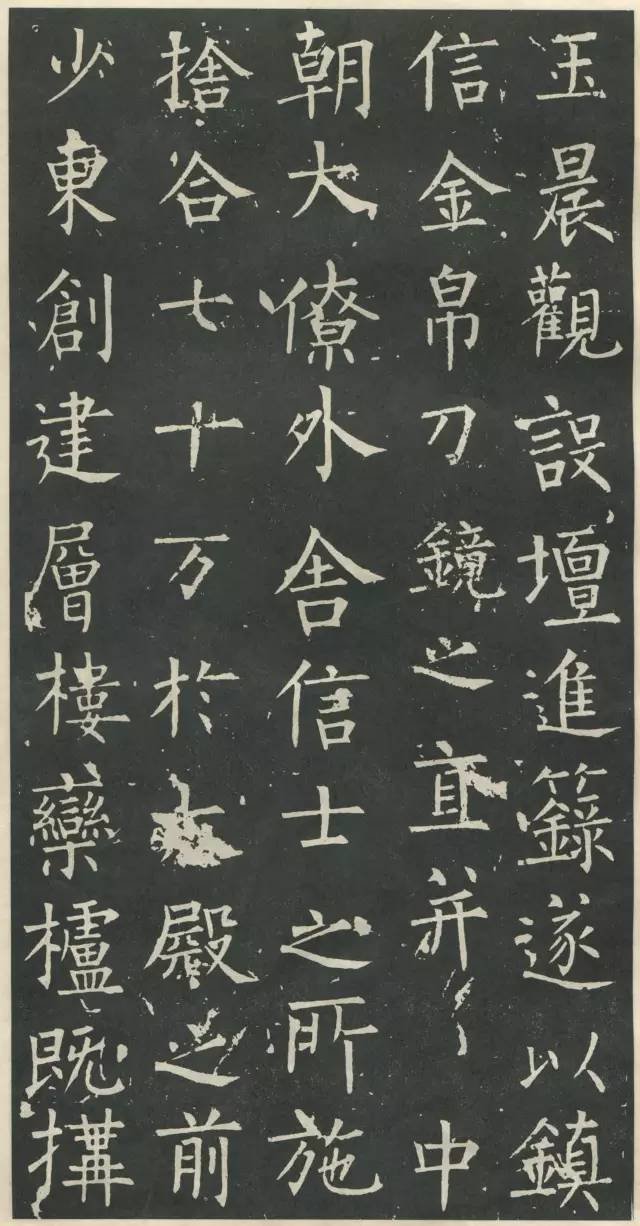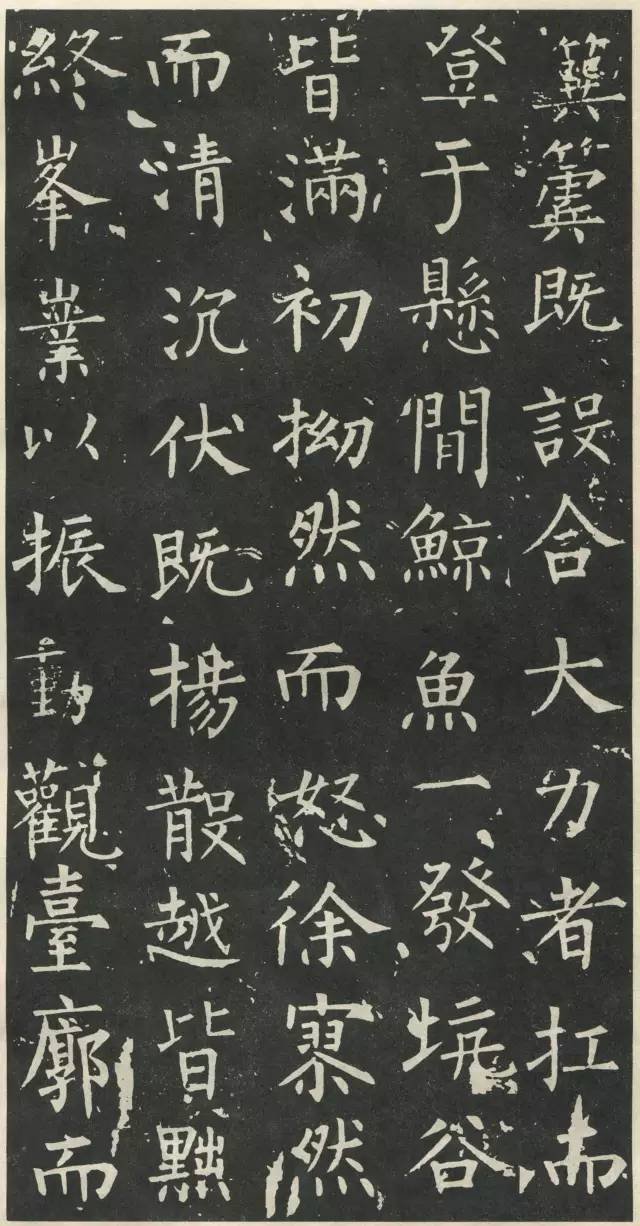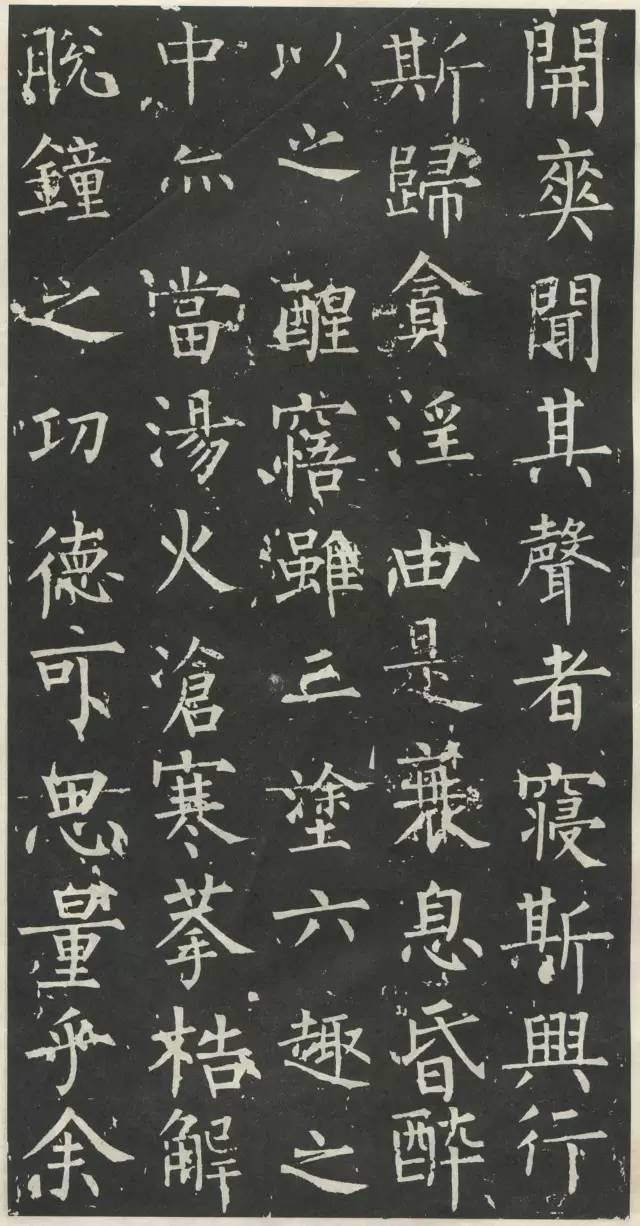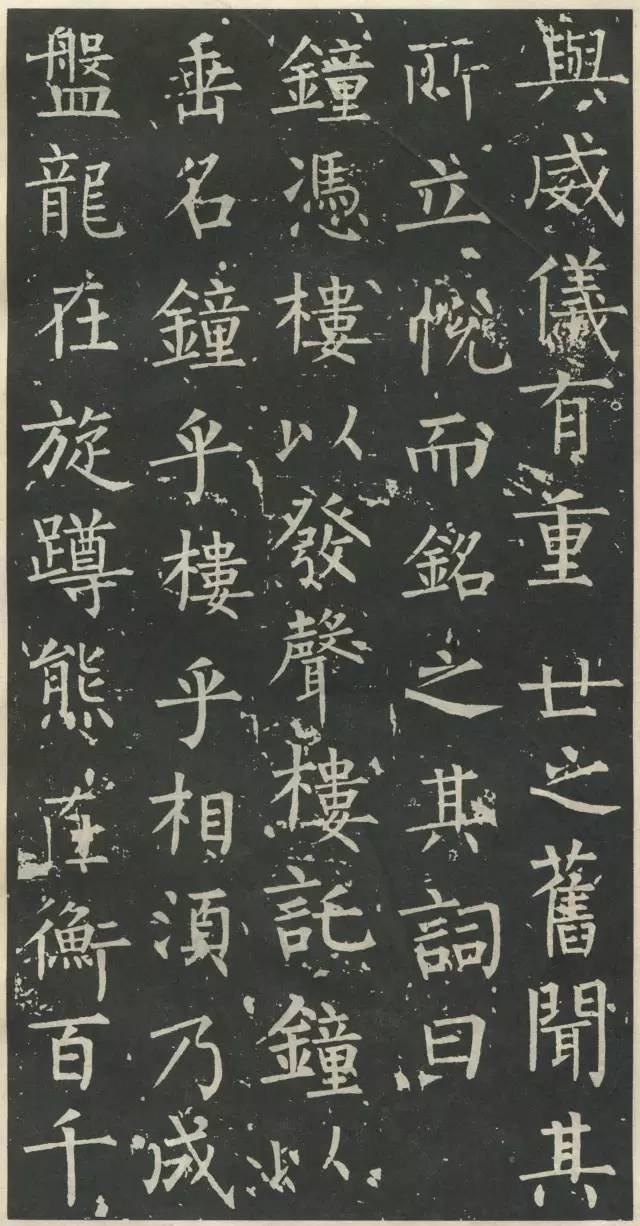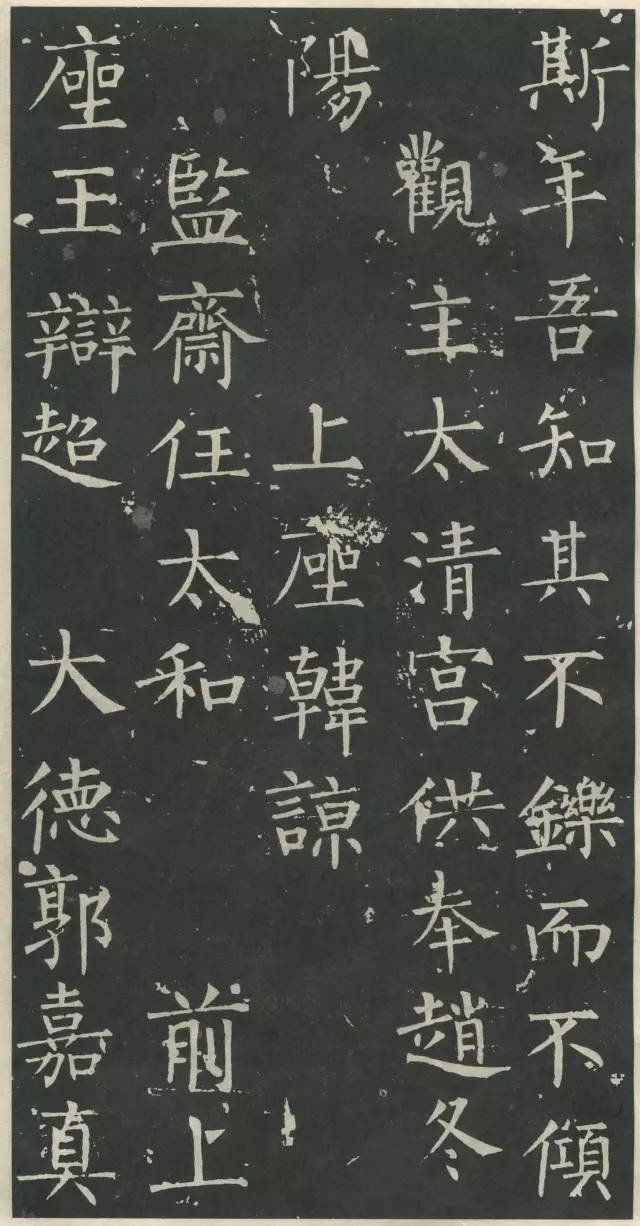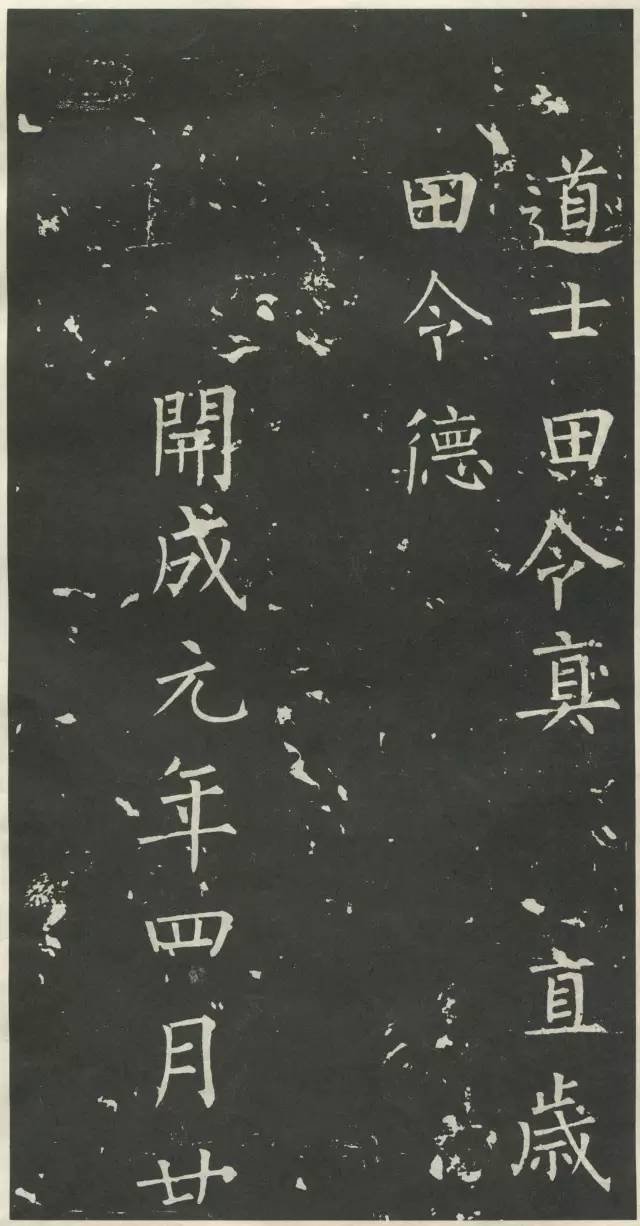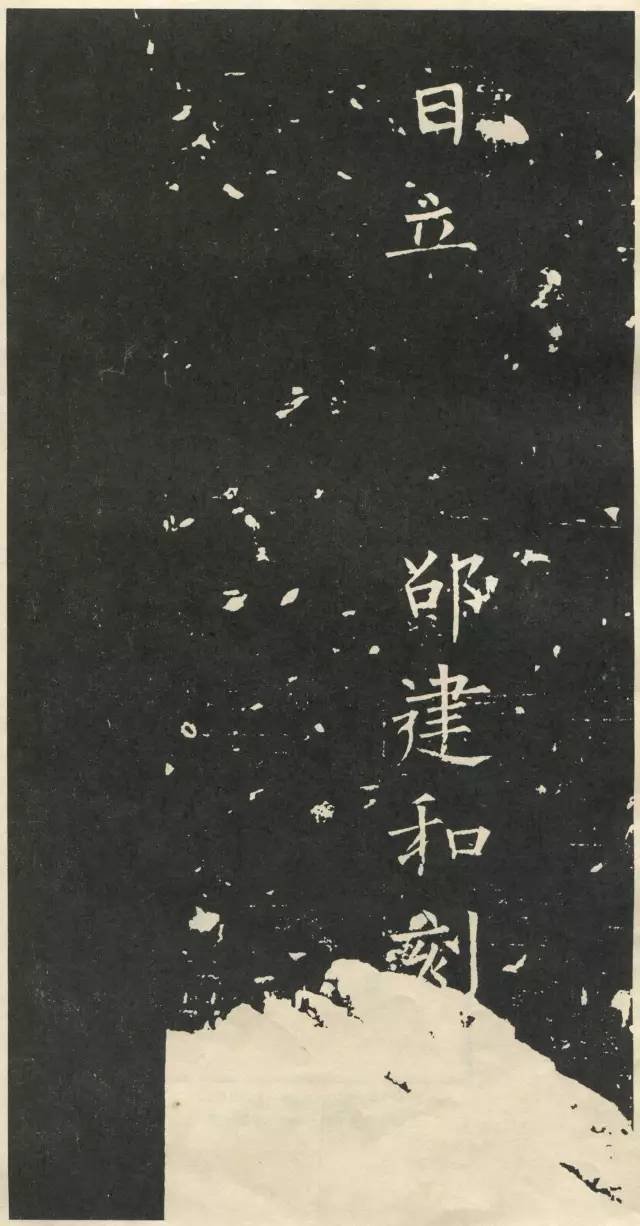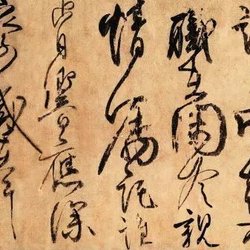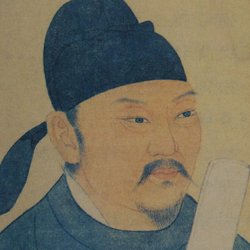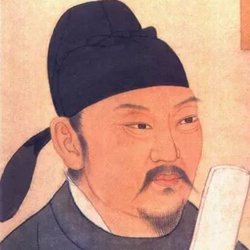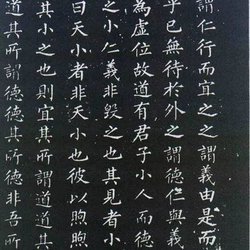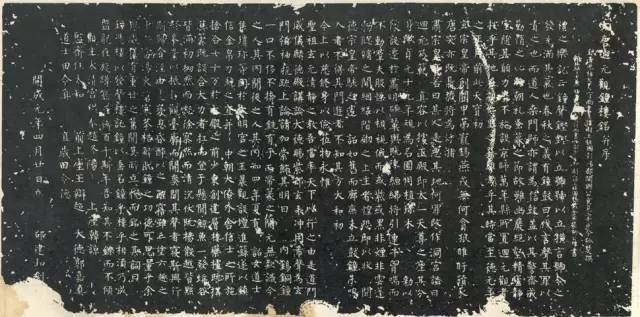
Liu Gongquan's "Inscription on the Bell Tower of Huiyuan Temple of the Tang Dynasty" 124×60cm, unearthed outside Hepingmen, Xi'an City
"Inscription on the Bell Tower of Huiyuan Temple of the Tang Dynasty" was unearthed outside Hepingmen in Xi'an City in November 1986. Linghu Chu wrote the article, and Liu Gongquan wrote it in regular script. The stone is placed horizontally, 124 cm long, 60 cm wide and 18 cm thick, made of bluestone. The stele is titled "Inscription on the Bell Tower of the Huiyuan Temple of the Tang Dynasty and the Preface", written by Ling Huchu and written in regular script by Liu Gongquan. The inscription has a total of 41 lines, 20 full lines, and a total of 761 characters. It was erected on April 20, the first year of Kaicheng in the Tang Dynasty (836). It was engraved by Shao Jianhe, a famous craftsman at that time. The edge of the knife is clear and it is close to the original.
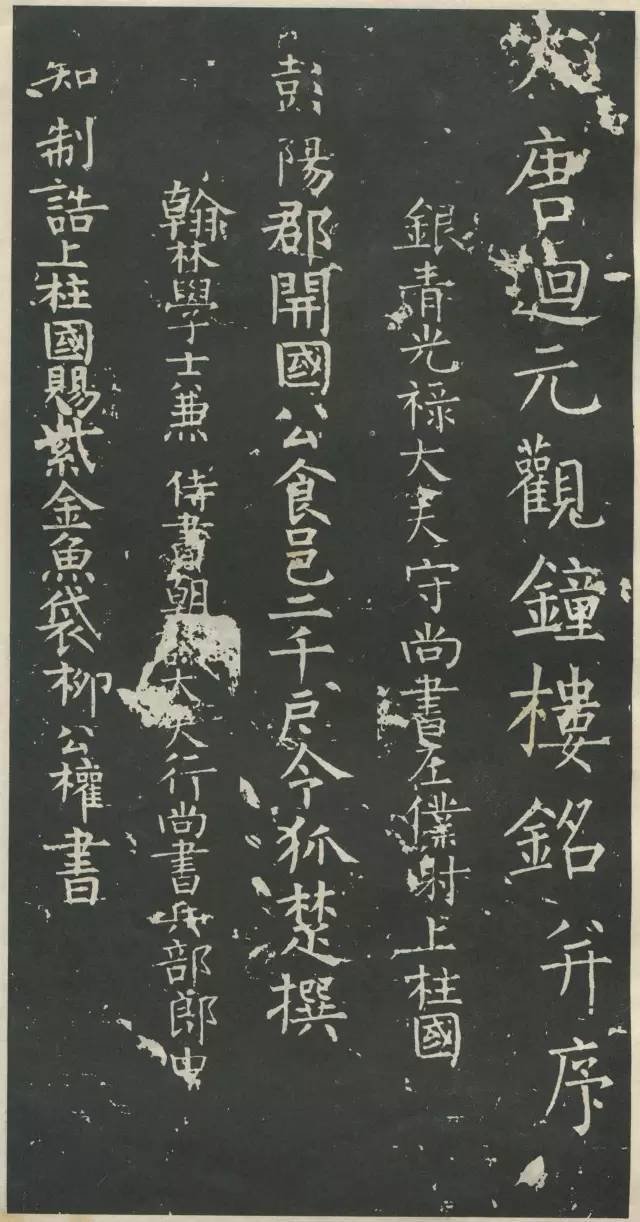
Not far from the stele, there is a fragment of a prismatic prayer pillar without words and a one-meter-diameter octagonal prayer pillar roof. Judging from the carving style, it should be a relic of the Tang Dynasty. Due to being buried underground for a long time, except for the surface of the stele and more than ten characters due to friction or hammering, the other characters are basically intact and the text can be read in full.
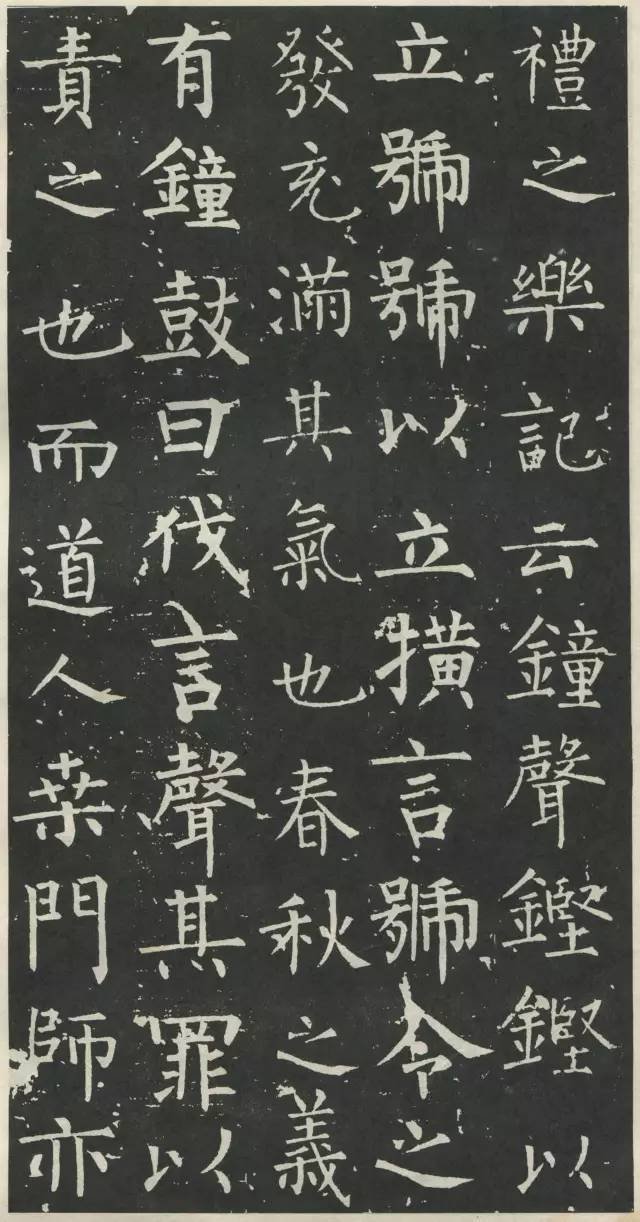
The first half of the inscription narrates the historical evolution of Huiyuan Temple in the Tang Dynasty. It mentions that the former site of Huiyuan Temple was originally a residence awarded to Anlu Mountain by Emperor Xuanzong of the Tang Dynasty, as well as the historical events of the "Anshi Rebellion". The second half of the inscription tells the story of how Emperor Wenzong of the Tang Dynasty gave the bronze bell to Hui Yuan for viewing, and praised the beauty of the bell: "Those who hear the sound of the bell will be happy when they go to bed, and return home after going to bed. The greed and lust will fade away, and they will be drunk." Wake up. Even if you are trapped in the three realms of the six realms, you will still be able to escape from the shackles of water and fire."
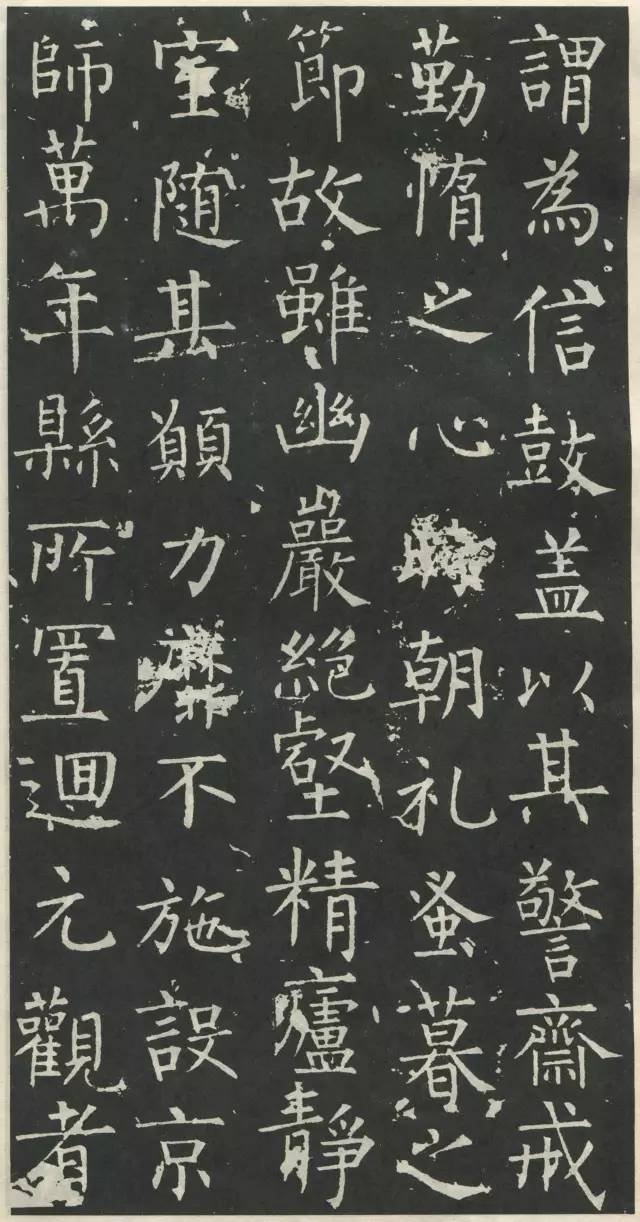
According to the information obtained by archaeologists at the Chang'an City ruins in the Tang Dynasty since the 1950s, the stele should have been unearthed in the east city of Chang'an City, and Qinrenfang, where Huiyuan Temple was located in historical records, should be about one kilometer away. beyond the southwest. Judging from the items unearthed at the same time, the stone tablet was erected for a Taoist temple, while the sutra pillar was an item from a Buddhist temple.
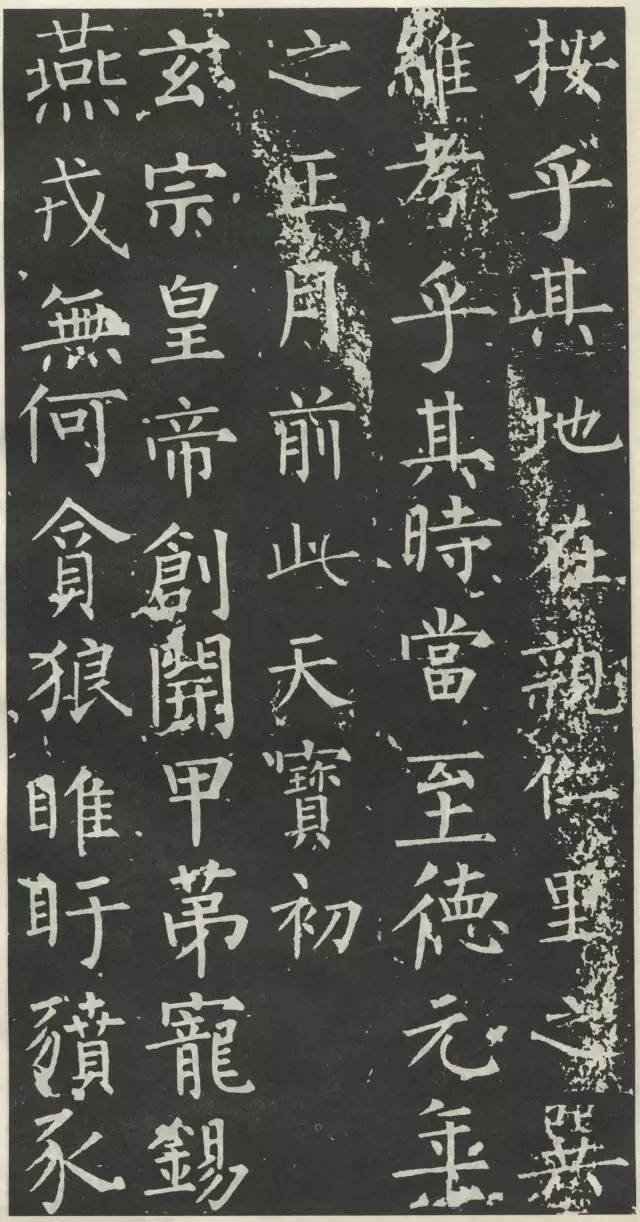
According to the "Chengfang Kao of Two Capitals" records, in the sixth year of Dali of the Tang Dynasty (771), monks' houses and Buddhist houses were built here. It can be seen that this is also the ruins of Zisheng Temple. As for when and why the stone tablet originally located in Huiyuan Temple was moved to Zisheng Temple in Dongshi, it is a difficult mystery.
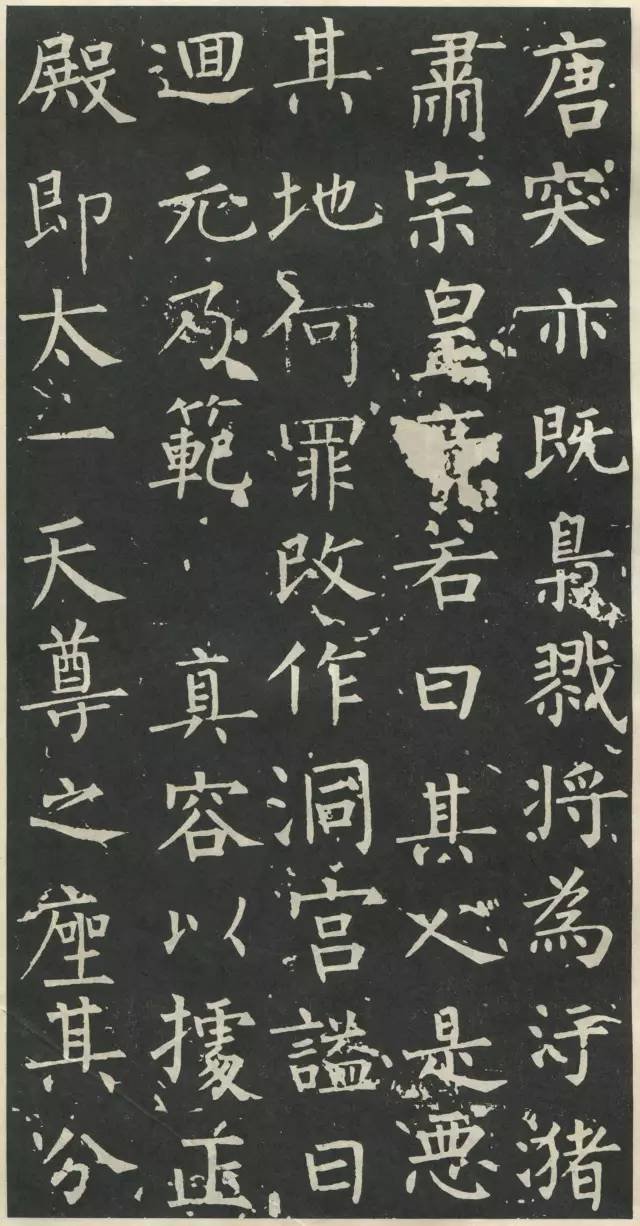
The stele "Huiyuan Guan Bell Tower Inscription" was written by Liu Gongquan when he was 58 years old. It is also the most complete Liu stele in existence. This stele is written by Fengshen Shuoshuo, who is meticulous in every stroke. His brushstrokes focus on strength, mainly using square brushes, supplemented by round brushes, which are powerful and clear. Its structure is often misaligned to seek changes. For example, the left radical of the left-right structure of the characters "squatting", "clock", and "lou" is moved upward to form a knotted character with a short left and a long right, seeking charm and interest from the imbalance.
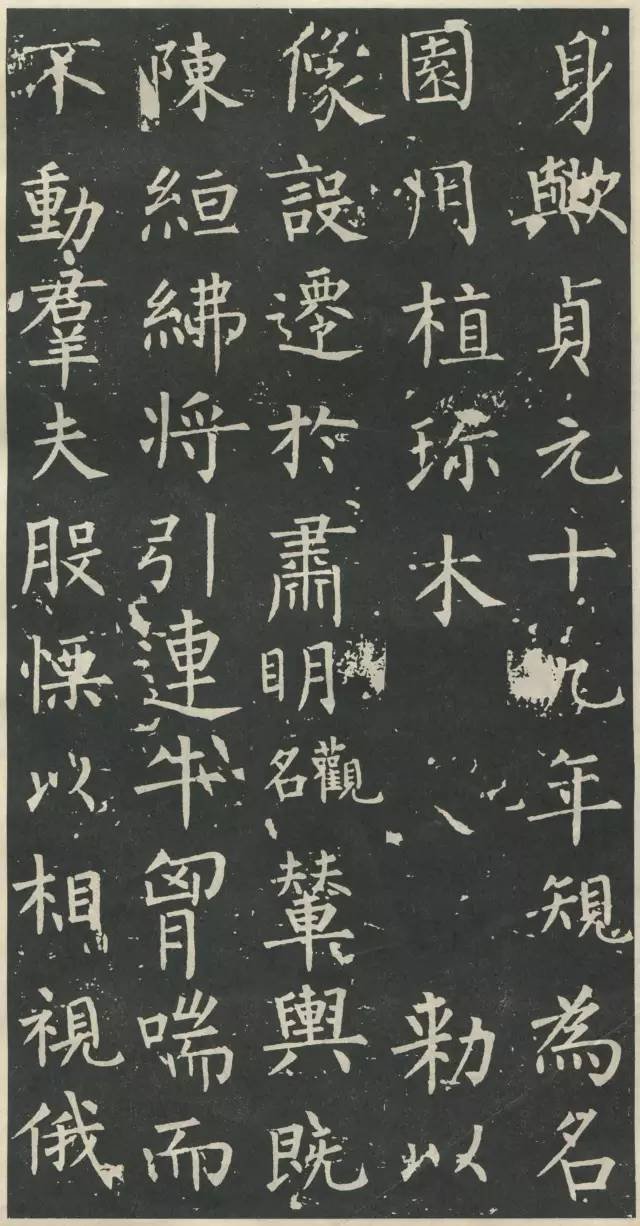
The "Inscription on the Bell Tower of the Huiyuan Temple of the Tang Dynasty" has not been found in the epigraphic records of the past dynasties. It is a great blessing that this monument has been rediscovered after being lost for thousands of years.
